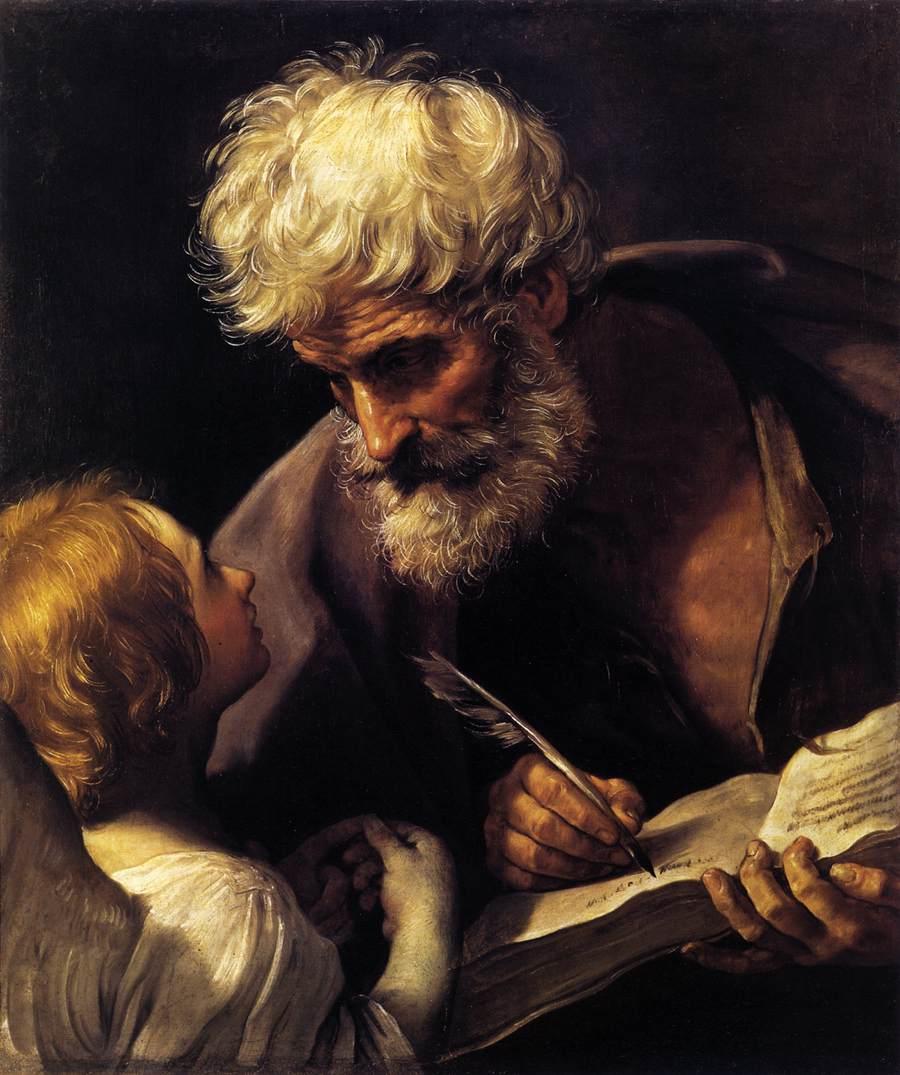Reading the Old Testament in the New: The Gospel of Matthew
Lesson One: Learning to Listen for Echoes: A New Approach to the New Testament

Lesson Objectives
- To understand how important the Old Testament is to reading and interpreting the New Testament.
- To learn what “typology” is and to appreciate its significance for reading the New Testament.
- To understand the relationship between the writers of the New Testament and other first-century Jewish interpreters of Scripture.
II. Giving the New Testament a New Hearing
A. Testimonies and Proof-Texts: What Scholars Used to Think
But before we start our close reading of Matthew, which we’ll begin in our next lesson, we’re going to spend some time looking at what is a relatively recent advance in New Testament scholarship - this whole business of reading the Old Testament in the New.
Actually, in many ways, it’s a rediscovery of the way the Catholic Church has always read and interpreted the Bible in its liturgy and in its early dogmas and creeds. We’ll come back to that later on.
For now, it’s important to remember that the way we’re going to be approaching Matthew is not the way the Bible has been read by scholars for most of the modern period.
We’re going to over-simplify here: But the scholarly consensus for many years was that when New Testament writers were quoting the Old Testament, they were wrenching the texts totally out of context and giving them new meaning just to make their point.
Scholars had decided the New Testament writers didn’t even have complete copies of the Old Testament to work from. They were presumed to be working from so-called testimonia- anthologies of "messianic proof-texts," quotes they pulled out of the Old Testament to convince or "prove" to the Jews that Jesus was the Messiah.
This, the scholars said, explained why so often the Old Testament quotes in the New Testament don’t seem to make any sense. Or, if they do make sense, they seem to distort the original meaning of the Old Testament passage.
B. New Testament in a New Light
In the mid-20th century, this scholarly consensus was turned upside down.
Up until then, we didn’t have a lot to compare the New Testament to. If we wanted to see how it stacked up next to other religious writings from the same time-frame and culture, we didn’t have much to go on. We had some texts written by the rabbis from a bit later than the period of Jesus and the apostolic writers. We also had some "inter-testamental" writings - texts written in the period between the Old Testament and the New Testament.
This all changed in the 1950s when archaeologists began uncovering and translating the Dead Sea Scrolls. These were religious writings by a radical Jewish community known as the Essenes. Many, written between 200 and 50 years before Christ, were in effect detailed commentaries and elaborate interpretations of Old Testament texts.
Suddenly, a whole new world had opened up for us. We could see that the New Testament writers were a part of a larger tradition of interpretation in first-century Judaism.
Other Lessons
- Lesson Two: Son of David, Son of Abraham
- To read Matthew 1-2 with understanding.
- To learn the Old Testament history and background behind the quotations and allusions used in the prologue to Matthew’s gospel.
- To gain a fuller appreciation of Matthew’s depiction of Jesus as a “new Moses.”
- Lesson Three: ‘Not to Abolish, But to Fulfill’
- To read Matthew 3-7 with understanding.
- To understand the Old Testament background and allusions in Matthew’s depictions of John the Baptist, the Baptism of Jesus and His temptation in the wilderness.
- To understand the crucial importance of Jesus’ summary in the Sermon on the Mount: “Do not think that I have come to abolish the law or the prophets. I have come not to abolish but to fulfill.”
- Lesson Four: Healing and Restoration
- To read Matthew 8-10 with understanding.
- To understand the Old Testament background and allusions in Matthew’s depiction of Jesus’ healings and other miracles and the growing tensions with the scribes and Pharisees.
- To understand how Matthew uses evocations of select Old Testament prophets to convey that in Jesus, the long-anticipated “restoration” of Israel has begun.
- Lesson Five: Riddles of Rejection, Rock of Foundation
- To read Matthew 11-18 with understanding.
- To understand the Old Testament background to Jesus’ teaching in parables.
- To understand the deep Old Testament context by which Matthew conveys that Jesus is the long-awaited Messiah and the Church is the restoration of the Davidic Kingdom.
- Lesson Six: David’s Son, David’s Lord
- To read Matthew 19-28 with understanding.
- To understand the Old Testament background to Matthew’s depiction of Jesus’ entry into Jerusalem, His Passion and death.
- To understand the deep Old Testament context by which Matthew conveys that Jesus is the long-awaited “Son of David” and the “Son of God.”